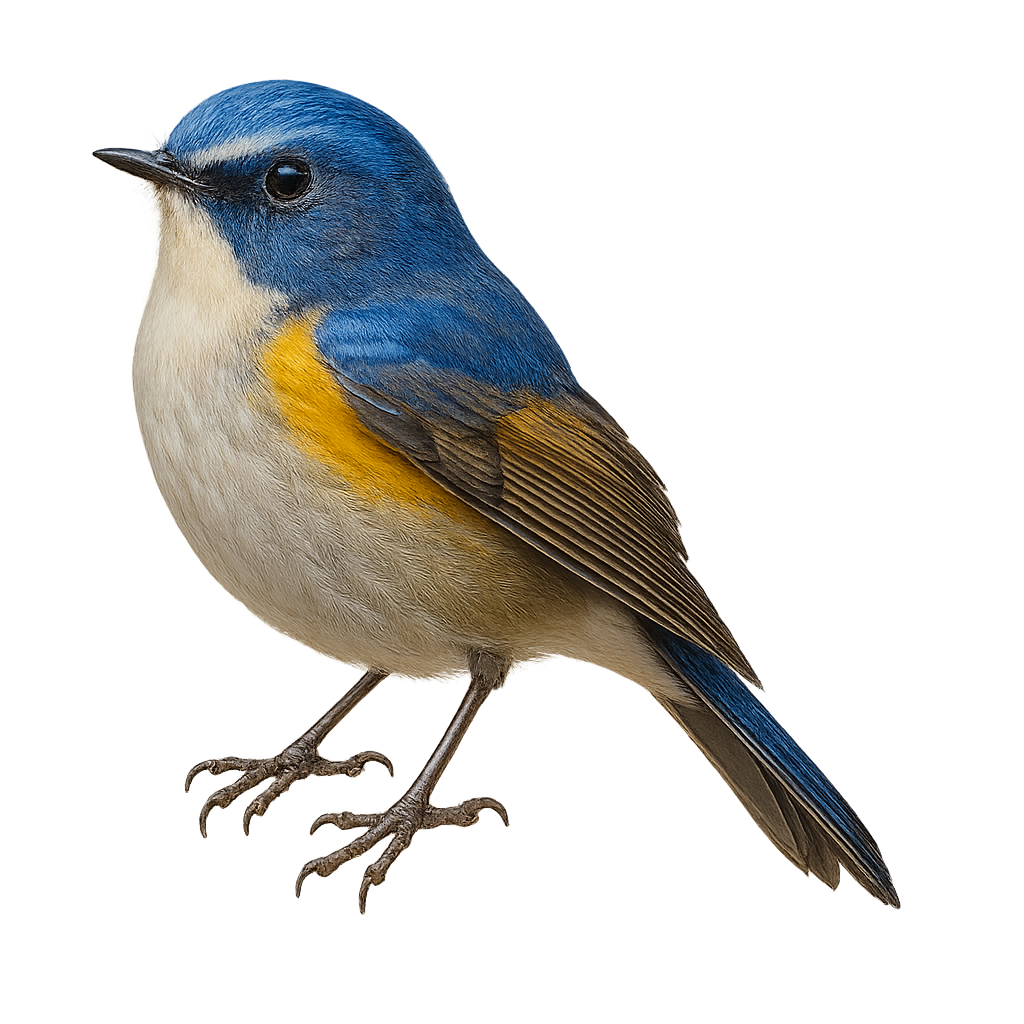Your wildlife photography guide.
Explore the red-flanked bluetail in detail, study its behavior, prepare your shots.
Where to observe and photograph the red-flanked bluetail in the wild
Learn where and when to spot the red-flanked bluetail in the wild, how to identify the species based on distinctive features, and what natural environments it inhabits. The WildlifePhotographer app offers tailored photography tips that reflect the red-flanked bluetail’s behavior, helping you capture better wildlife images. Explore the full species profile for key information including description, habitat, active periods, and approach techniques.
Red-flanked Bluetail
Scientific name: Tarsiger cyanurus

IUCN Status: Least Concern
Family: MUSCICAPIDAE
Group: Birds
Sensitivity to human approach: Suspicious
Minimum approach distance: 10 m
Courtship display: May to June
Incubation: 13-15 jours
Hatchings: May to July
Habitat:
Coniferous forests, dense undergrowth
Activity period :
Mainly active at night, generally discreet during the day.
Identification and description:
The Tarsiger cyanurus, commonly known as the Red-flanked Bluetail, is a small passerine bird from the Muscicapidae family. It is distinguished by its vibrant plumage, with rufous flanks and a blue tail in males, while females have more subdued tones. This migratory bird primarily inhabits coniferous forests and dense undergrowth in Eurasia. It is often seen hopping on the ground searching for insects and berries. Although discreet, its melodious song indicates its presence. Its population is stable, but it is sensitive to environmental changes, especially deforestation.
Recommended lens:
400 mm – adjust based on distance, desired framing (portrait or habitat), and approach conditions.
Photography tips:
To photograph the Red-flanked Bluetail, focus on coniferous forests where it is more active. Use a telephoto lens of 400mm or more to capture details without disturbing it. Be patient and discreet, as this bird is suspicious. Favor sunny mornings for optimal natural light. Listen to its song to locate its position. A tripod can be useful to stabilize your camera and achieve sharp images.
The WildlifePhotographer App is coming soon!
Be the first to explore the best nature spots, track rutting seasons, log your observations, and observe more wildlife.
Already 1 430 wildlife lovers subscribed worldwide

